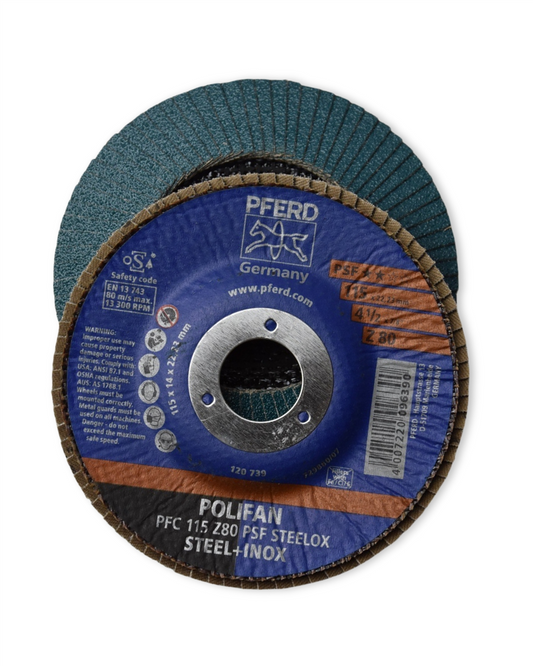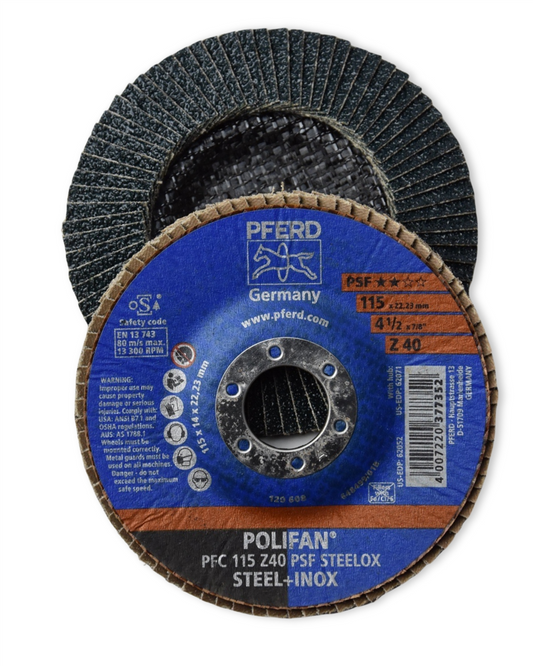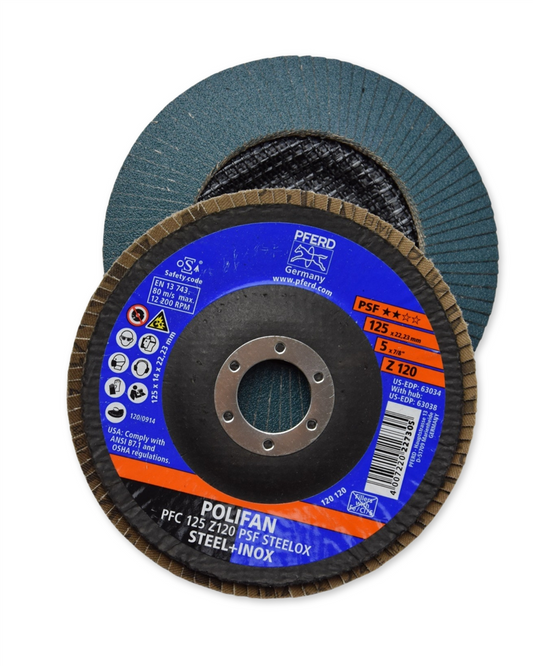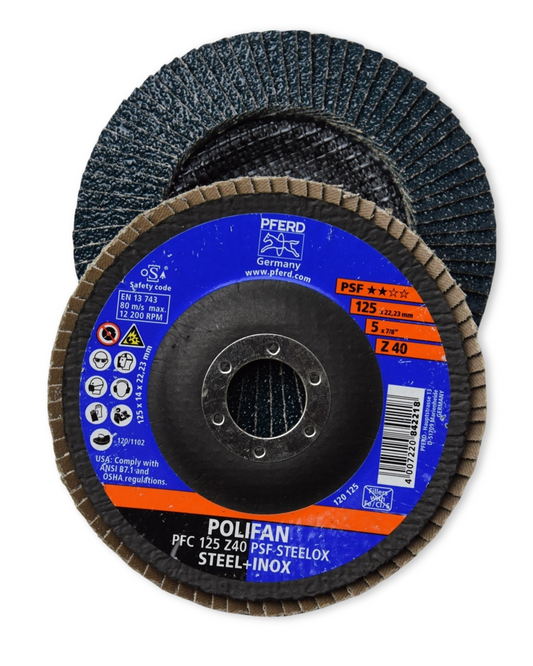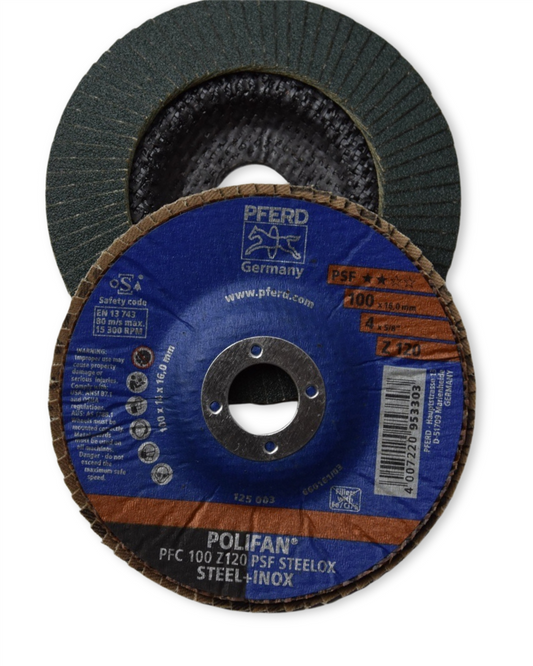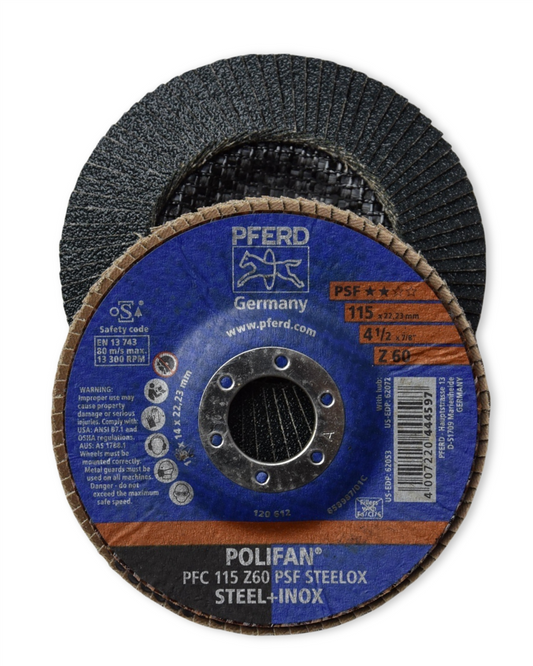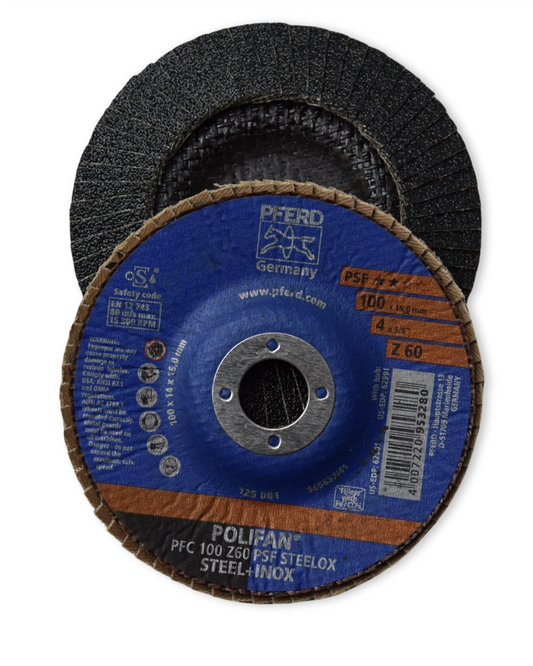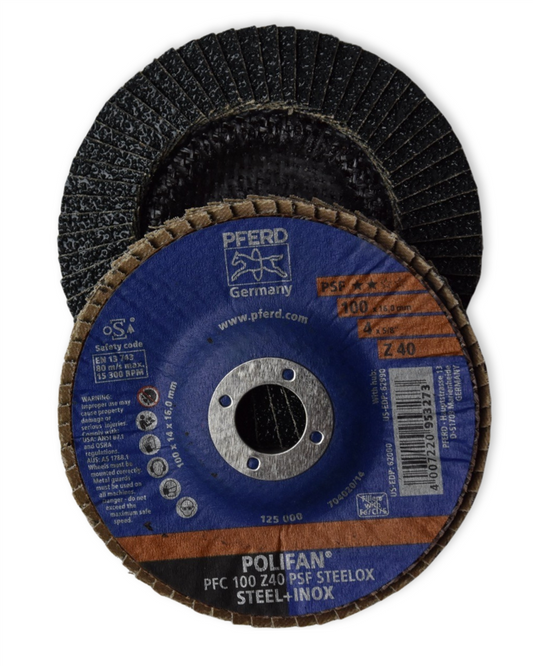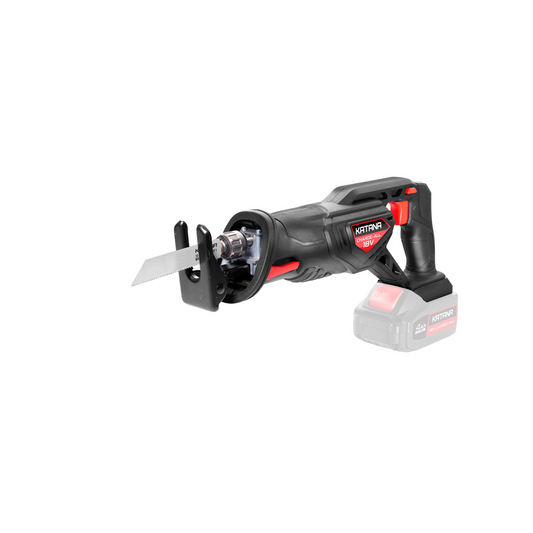Still getting splinters and crooked lines? Your handsaw technique might be to blame
Share
Cut cleaner than a plank in a pub yarn — here’s how to use a handsaw properly
If splintered cuts and wandering lines have haunted your timber jobs, let’s fix that. A handsaw, like a good mate, deserves a bit of know-how to bring out its best. It’s one of the most underrated tools in the shed — no battery, no bulk, just you and a steady stroke. But that doesn't mean it's all brute force and crossed fingers. Getting a clean, straight cut takes more skill than most give it credit for — especially when your project demands a crisp finish and you’ve only got one shot at getting it right.
"Good tools don’t fix bad habits — but good habits make even the cheapest saw look magic."
– Candeece, DIY Educator
Before You Saw: Set Up for Success
Let’s be honest — most sawing errors happen before the blade even touches the timber. It starts with the surface you’re working on, the way your timber’s held, and whether you’ve marked your cut properly.
Here's how to get your setup spot on:
- Use a firm, steady work surface — wobbly tables or sawing over your knee is a fast track to frustration.
- Clamp your material — it prevents shifting mid-cut and keeps your fingers out of danger.
- Mark a clear line using a square or ruler. For bonus points, draw a guide wedge (a small triangle) on the offcut side so your eye can follow along easily.
The First Stroke Is Everything
This is where most people go wrong. They start with gusto — big, bold pushes — that end with jagged starts and a blade that can't stay true to a line.
Start slow and light. Rest your thumb next to the blade (not in front of it!) and guide the saw into the timber gently. Those first few strokes should feel more like brushing than cutting.
Let the Saw Do the Work
The temptation is to push harder when the blade bites. But that’s like trying to force a ute up Willunga Hill in third gear — ineffective and noisy.
Saws are designed to cut on the push or the pull (depending on the type). Once the groove is set, use long, steady strokes, keeping your arm, wrist, and saw aligned. You’re aiming for rhythm, not wrestling.
Keep It Straight Without a Fancy Jig
Here’s an old-school trick: focus your eye slightly ahead of the blade. Don’t stare at the teeth — keep your eye on where you want the cut to go. It recovers small wobbles before they become major deviations.
A bit of side pressure can help steer the saw back on course if things go off. But avoid overcorrecting. Subtlety is your best mate here.
Check Your Saw: Is It Helping or Hurting?
Not all saws are equal — and even a decent one has a limited lifespan. If your cuts are struggling despite good technique, inspect the blade.
- Dull teeth? It’ll crush rather than cut.
- Rusty or gummed up? You’ll feel it catch or drag.
- Wrong TPI (teeth-per-inch) for the job? Fine TPI is better for finishing work; coarse is ideal for rough framing.
Local stores can help you match the right blade to the job. Good advice there can save you hours on-site.
Common Mistakes Worth Dodging
If a cut looks bad, one of these might be the culprit:
- Rushing the start – leads to jagged splintering at the edge
- Sawing through knots – plan around them when marking out
- Bending the blade – caused by forcing the saw sideways
- Poor support near the cut – makes timber bend and pinch the blade
Real Talk: When Straight Means Sellable
Let’s say you're building a simple outdoor screen or kicking off a fresh deck. Jagged ends — even if hidden — can throw off your joins and cost time during install. Worse still, they show through if the job’s on display. Clean cuts aren’t just about pride — they mean less sanding, fewer gaps, and tighter finishes.
In high-pressure reno jobs, reducing rework is a win. And you'll find that with just a little more care in your handsaw technique, your cuts stay straighter, smoother, and closer to your mark.
The Final Pull
Once the cut's nearly through, slow right down. Hold the offcut to prevent tearing, and finish with a few short, shallow strokes. This is where the pros separate themselves — no splinters, no split ends, no drama.
Good handsawing is like buttering toast — smooth, intuitive, and done right when you don’t rush it. With the right prep and a bit of rhythm, even the simplest tool can deliver pro-grade results.
Still Struggling?
Sometimes, it’s not you — it’s the timber, the blade, or a dodgy table that wobbles more than a baby lamb’s knees. If you're hitting snags, come chat with someone who’s nose-deep in this stuff daily. Most issues are fixable with a small tweak or two.
"A sharp saw and a steady hand beats a power blade and guesswork — any day of the week."
– Candeece, DIY Educator
Until next time, cut safe and keep it neat.
– Candeece

Stay Connected
Follow our Facebook Page: Strathalbyn H Hardware on Facebook



